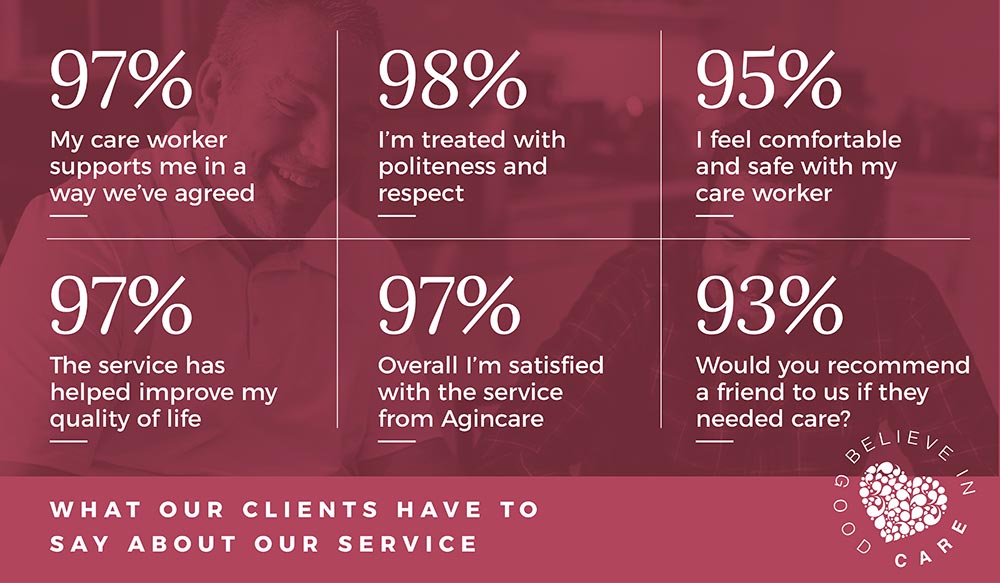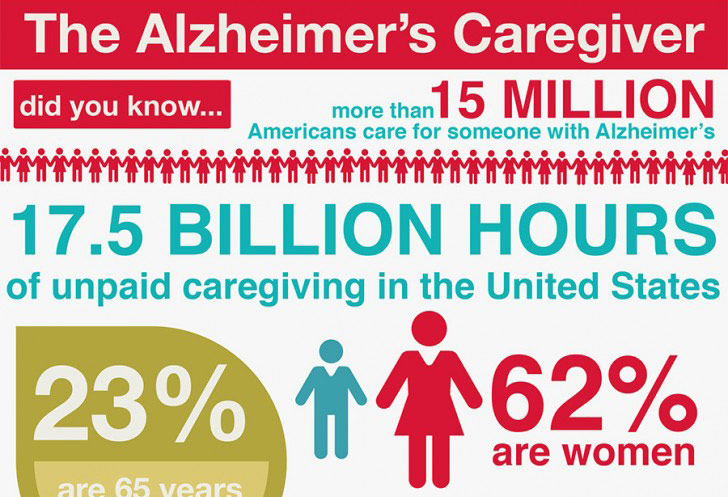
There are rewarding opportunities for those who do not want to be nurses, doctors, or any other healthcare professional. With the ever increasing demand for medical professionals, you will find a range of opportunities from administrative jobs to research and development. While you may not see patients directly, these positions will allow you to make a difference in the lives of others.
The first thing to do when considering a career change is to assess your skills and interests. A career as a medical social work specialist is a great choice if you are passionate about helping others. These professionals guide patients and their families through care plans for chronic conditions or terminal illnesses. You may also be interested in non-clinical roles such as those in public health or drug development.
Another non-clinical position that is great for example is the medical scribe. They are professionals who transcribe procedure reports and exam notes. They may also transcribe voice recordings. You may also be a specialist in utilization management, medical technology, or health insurance. These roles require a great deal of business acumen.

The healthcare industry is undergoing a major transformation. This is a major shift in focus for many. While many doctors and nurses spend their entire careers devoted to patient care, some are seeking new opportunities in the non-clinical world. One in ten physicians has plans to switch to a nonclinical career.
Many of these professionals have made the successful transition from clinical to nonclinical careers. Frances Cosgrove was unhappy with her job as an ophthalmologist, and she decided to switch careers. She started out in contract work in the pharmaceutical industry, and later worked in clinical practice at Eli Lilly. She was also certified as a coach master.
The healthcare industry is changing fast. Telemedicine is an example of this fast-changing industry. This is one example of how doctors are giving patients more control over their own healthcare. Another example is medical social worker, which is a group of healthcare professionals who work at hospitals to coordinate the care for patients with chronic or terminal illnesses.
It is becoming more common to find non-clinical healthcare work. Even though many of these positions are not required to be trained, it is possible that you will still need to get a certificate or master’s degree. These jobs are well-paid and the sector is growing rapidly. The Bureau of Labor Statistics projects that there will more than 13% employment growth in the next ten years. This is higher than all other occupations' average growth.

While the healthcare industry is a booming industry, there are still millions of jobs available. You can find many non-clinical positions, such as medical writers, insurance specialists and biotechnologists. While the industry is booming, the number of jobs hasn't kept up with demand. You must make use of your existing networks to be competitive and stand out from the rest.
The most important thing to keep in mind when considering a transition to a non-clinical career is to be true to yourself. Your ability to be confident and self-assured will make you more capable of providing the best patient care.
FAQ
What is the point of medical systems?
Many people living in poor countries lack basic healthcare facilities. Many people who live in these areas are affected by infectious diseases such as malaria and tuberculosis, which can lead to premature death.
The vast majority of people in developed nations have regular checkups. Minor illnesses are usually treated by their general practitioner. Many people are still suffering from chronic diseases like heart disease and diabetes.
What is the importance and purpose of the health system?
The health care system is an important part of any country's economy. It improves the quality of life and helps people live longer, more healthy lives. It also creates work for nurses, doctors and other medical professionals.
All income levels are eligible for quality healthcare services through the Health Care Systems.
You will need to be able to comprehend the functioning of healthcare systems if your goal is to be a doctor or nurse.
What is the best way to learn about health insurance?
Keep track of all your policies if you have health insurance. Ask questions if you are unsure about your plan. If you don't understand something, ask your provider or call customer service.
When you use your insurance, remember to use the deductible on your plan. Your deductible refers to the amount you pay before your insurance starts covering the rest.
Which are the three levels of care in a health facility?
First, there are general practice clinics that provide basic medical care for patients who don't need hospital admission. If required, they can refer patients for treatment to other providers. This includes general practitioners, nurse practitioners, and midwives.
The second level of care is primary care centers, which provide outpatient services that include emergency care. These include hospitals, walk-in clinics, urgent care centers, family planning clinics, and sexual health clinics.
The third level are secondary care centers, which offer specialist services such eye surgeries, orthopedic surgery, and neurosurgery.
What are the different types of health insurance?
There are three types main types of health insurance.
-
Private insurance covers the majority of your medical costs. Private companies often offer this type of insurance. You only pay monthly premiums.
-
Although public health insurance covers the majority of the cost for medical care, there are some restrictions and limits. For example, public insurance will only cover routine visits to doctors, hospitals, labs, X-ray facilities, dental offices, prescription drugs, and certain preventive procedures.
-
To save money for future medical expenses, medical savings accounts (MSAs) can be used. The funds are kept in a separate account. Most employers offer MSA program. These accounts are not subject to tax and accumulate interest at rates similar bank savings accounts.
Statistics
- Over the first twenty-five years of this transformation, government contributions to healthcare expenditures have dropped from 36% to 15%, with the burden of managing this decrease falling largely on patients. (en.wikipedia.org)
- Foreign investment in hospitals—up to 70% ownership- has been encouraged as an incentive for privatization. (en.wikipedia.org)
- The healthcare sector is one of the largest and most complex in the U.S. economy, accounting for 18% of gross domestic product (GDP) in 2020.1 (investopedia.com)
- For instance, Chinese hospital charges tend toward 50% for drugs, another major percentage for equipment, and a small percentage for healthcare professional fees. (en.wikipedia.org)
- Healthcare Occupations PRINTER-FRIENDLY Employment in healthcare occupations is projected to grow 16 percent from 2020 to 2030, much faster than the average for all occupations, adding about 2.6 million new jobs. (bls.gov)
External Links
How To
What are the four Health Systems?
The healthcare system is a complex network of organizations such as hospitals, clinics, pharmaceutical companies, insurance providers, government agencies, public health officials, and many others.
This project had the overall goal to create an infographic to explain the US's health care system to anyone who wanted it.
These are the key points
-
The GDP accounts for 17% of healthcare spending, which amounts to $2 trillion annually. It's nearly twice the size as the entire defense budget.
-
Medical inflation reached 6.6% last year, higher than any other consumer category.
-
Americans spend 9% on average for their health expenses.
-
In 2014, over 300 million Americans were uninsured.
-
Although the Affordable Care act (ACA) was signed into law, its implementation is still not complete. There are still significant gaps in coverage.
-
A majority believe that the ACA must be improved.
-
The US spends a lot more money on healthcare than any other countries in the world.
-
Affordable healthcare would mean that every American has access to it. The annual cost would be $2.8 trillion.
-
Medicare, Medicaid, as well as private insurers, cover 56% all healthcare expenditures.
-
People don't have insurance for three reasons: they can't afford it ($25 Billion), don’t have enough time to search for it ($16.4 Billion), and don’t know about it ($14.7Billion).
-
HMO (health management organization) and PPO(preferred provider organisation) are the two types of plans.
-
Private insurance covers most services, including doctors, dentists, prescriptions, physical therapy, etc.
-
Public programs provide hospitalization, inpatient surgery, nursing home care, long-term health care, and preventive services.
-
Medicare, a federal program, provides seniors with health insurance. It pays for hospital stays and skilled nursing facility stays.
-
Medicaid is a joint federal-state program that provides financial assistance for low-income individuals or families who earn too little to qualify for other benefits.